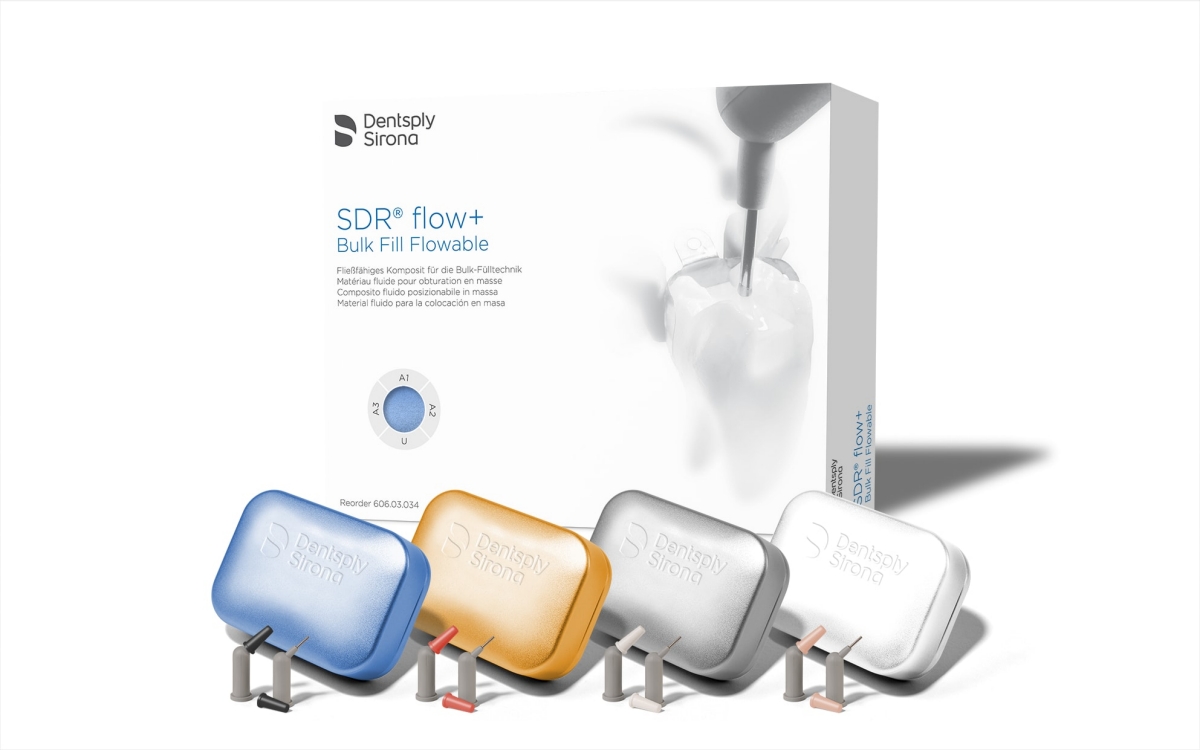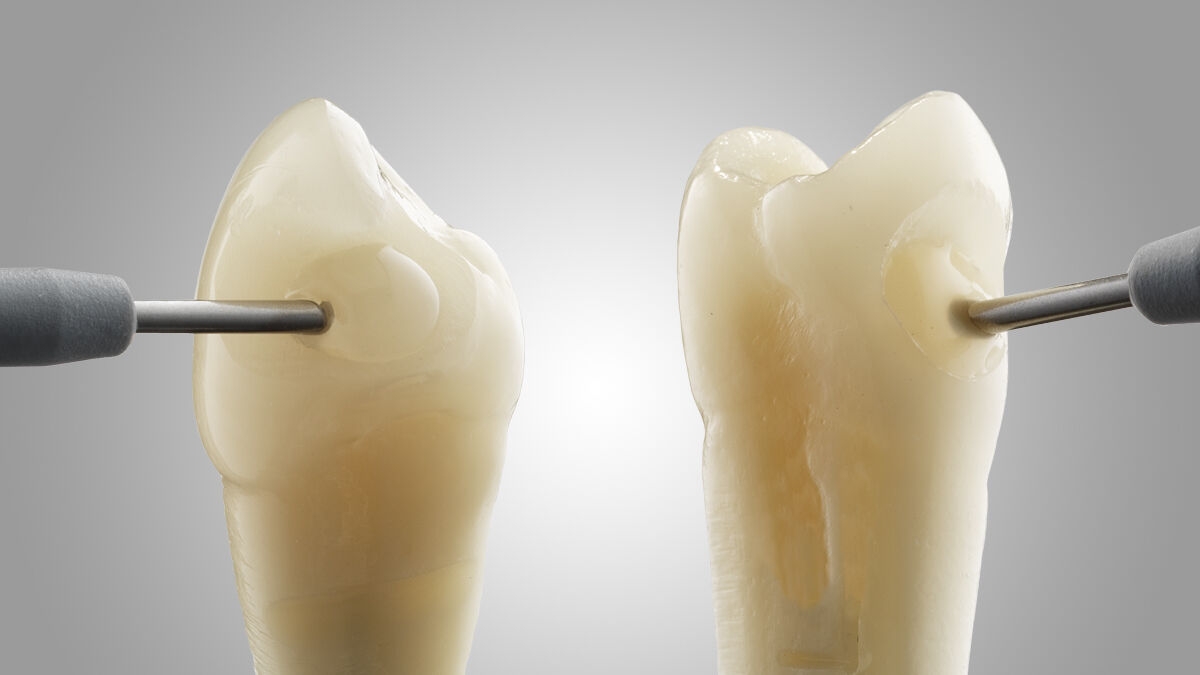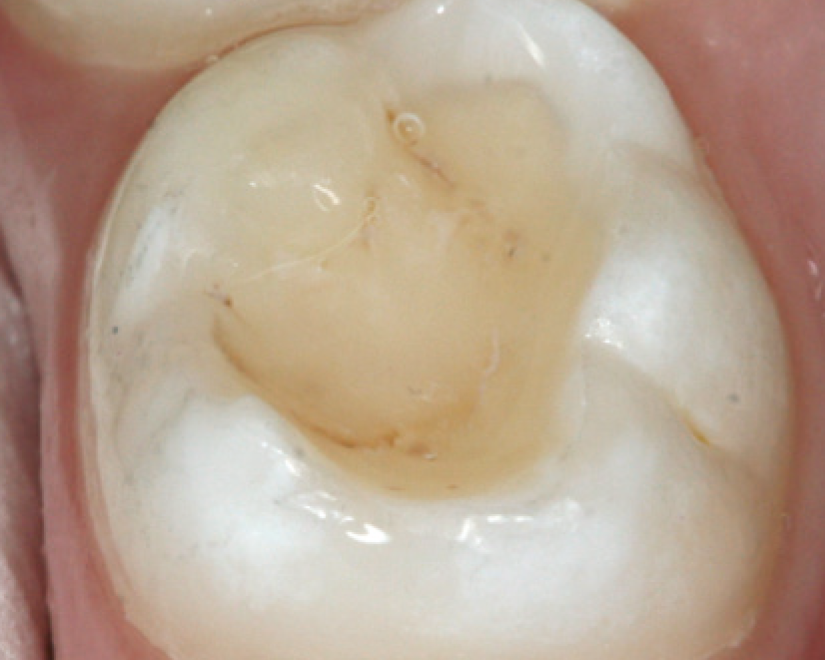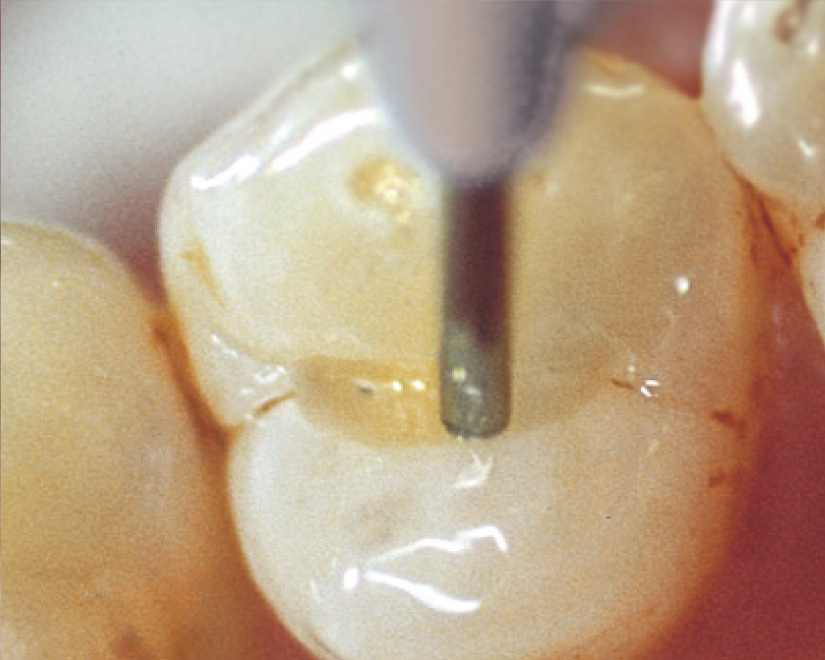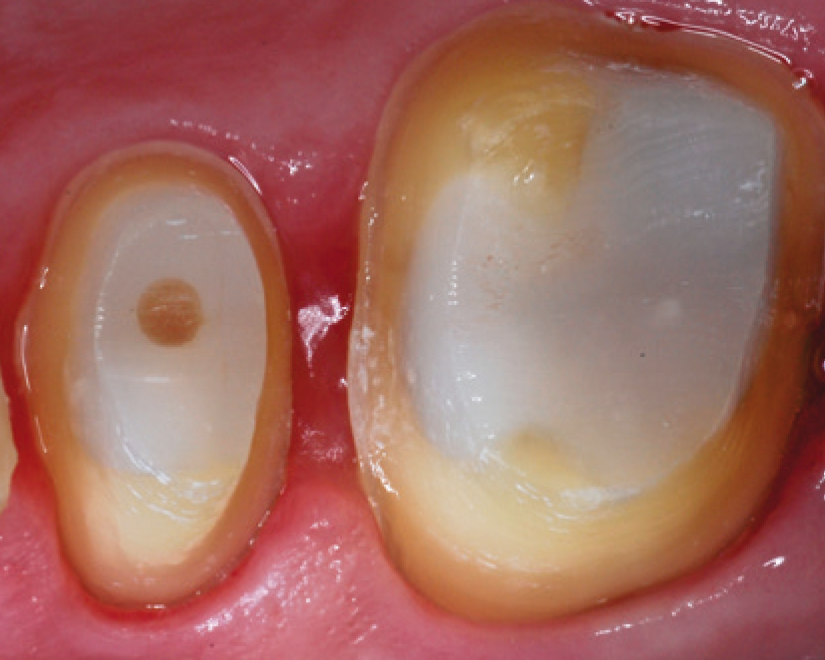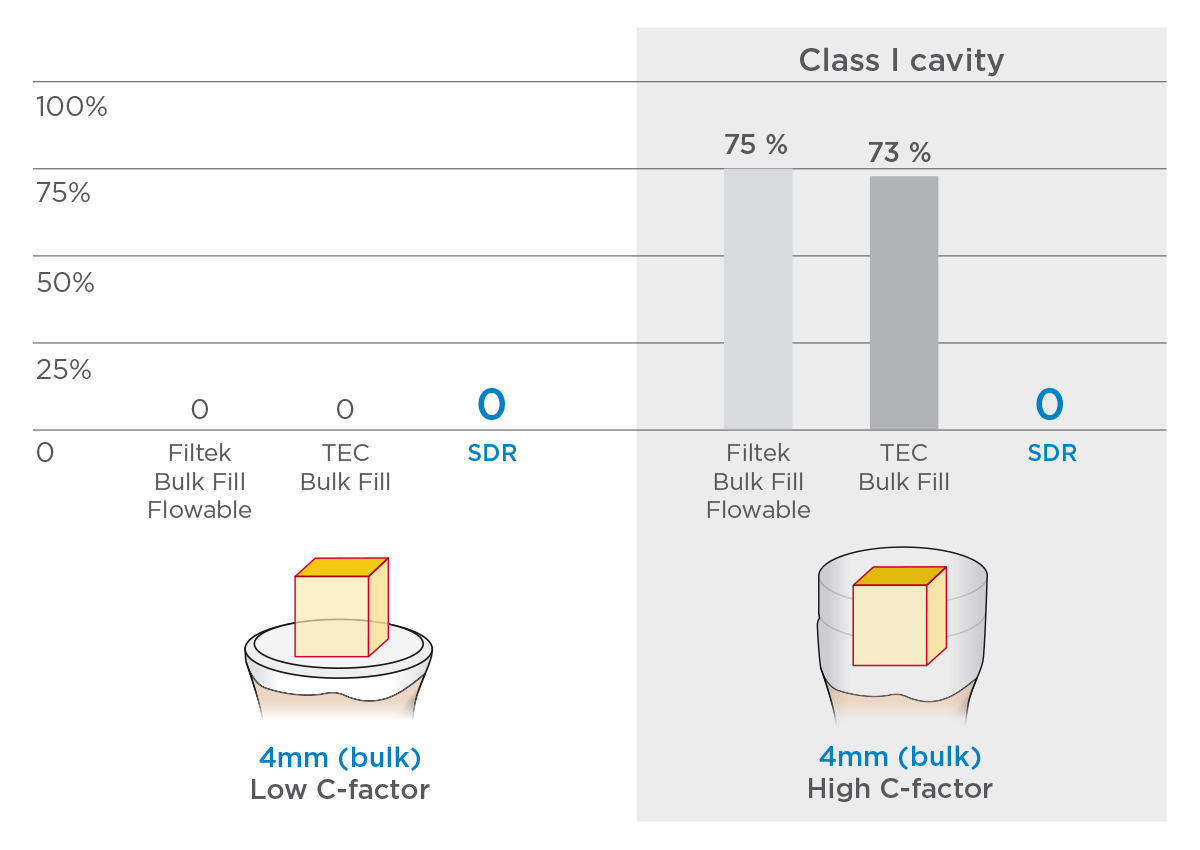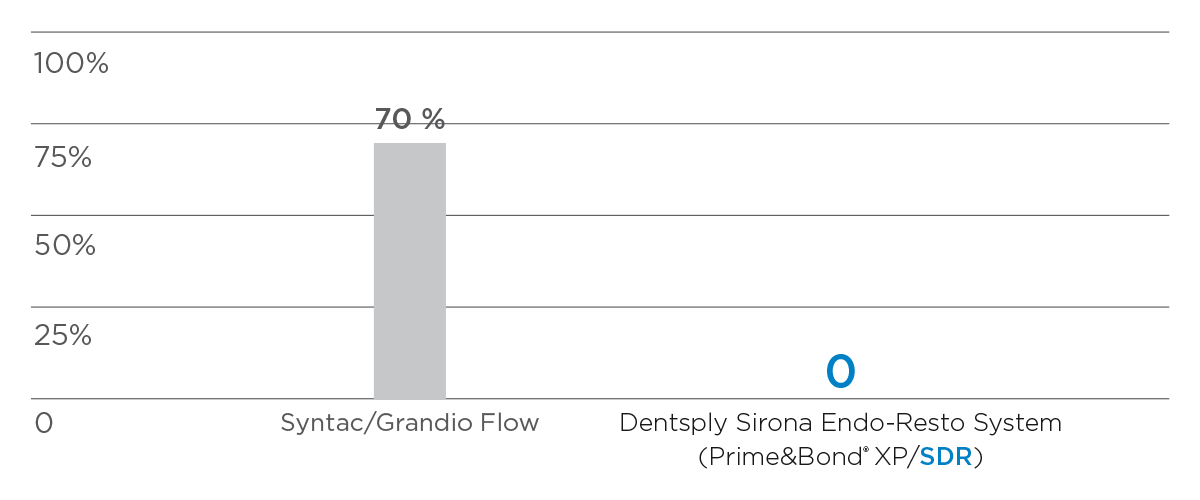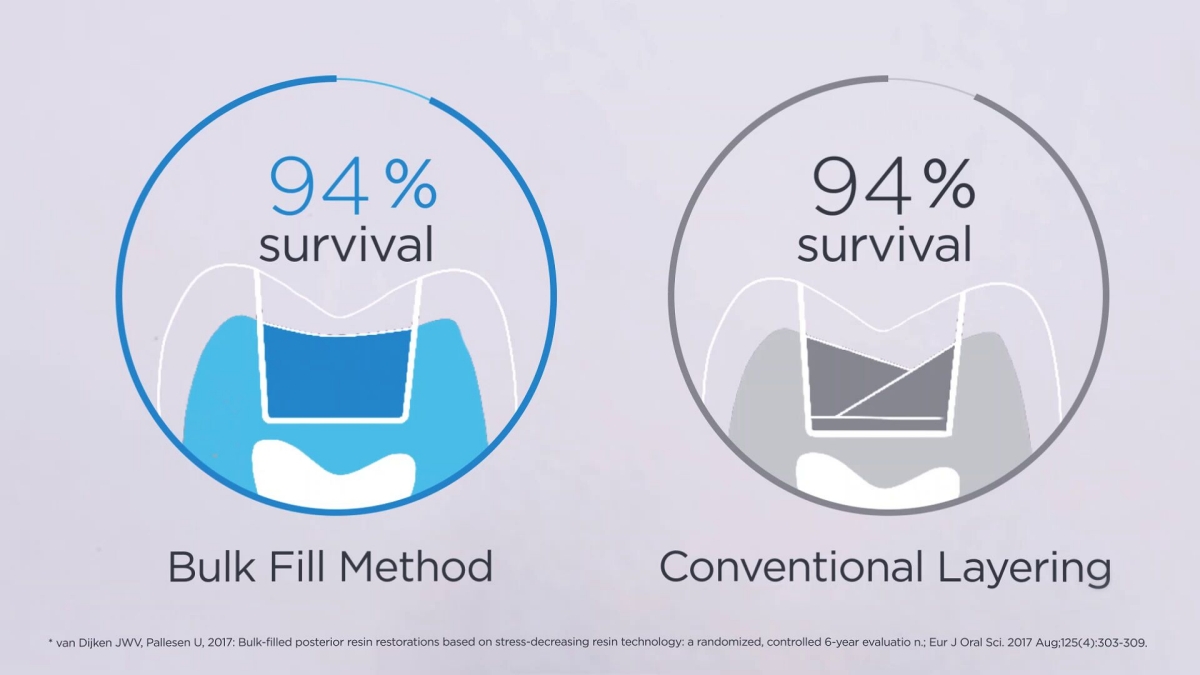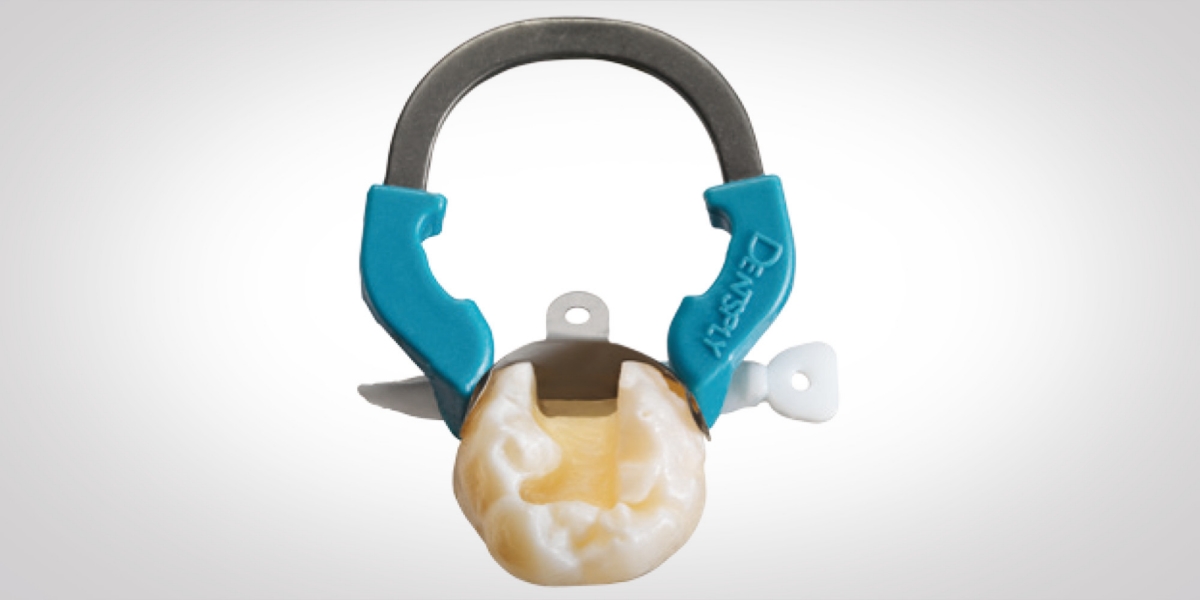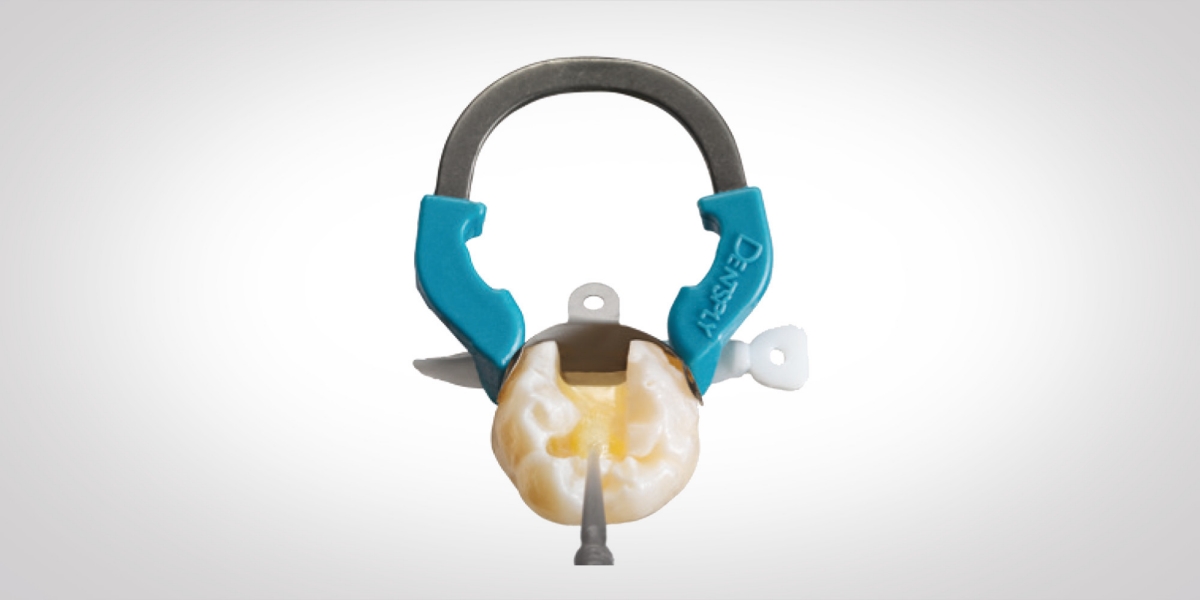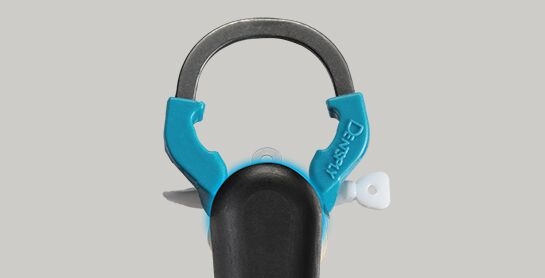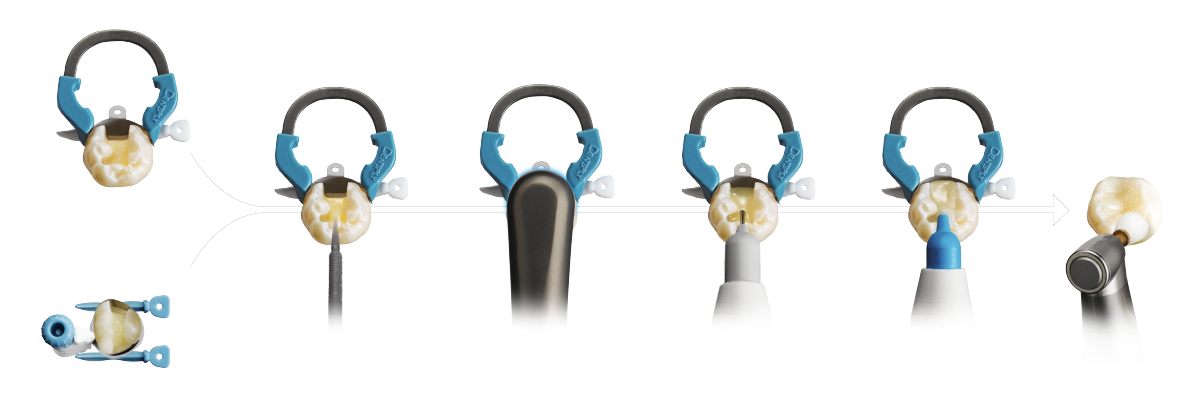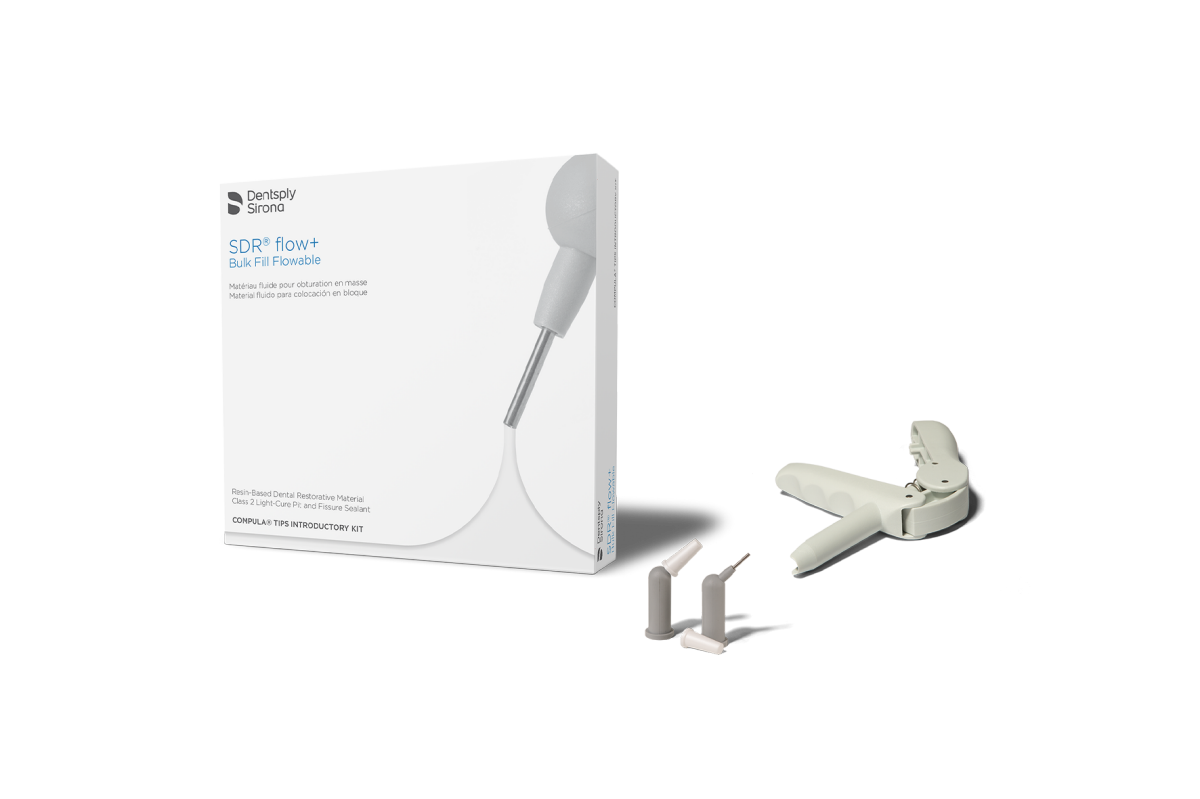A game changer gets ten.
10 years ago, the introduction of SDR changed Posterior Dentistry.
For the first time, a flowable bulk fill composite made the creation of seamless adaptation easy and convenient.
For 10 years, SDR flow+ material has exemplified our mission of creating better, faster, and safer dental care.
- Voids and gaps between restoration and cavity walls directly influence secondary caries formation1
- Improper adaptation of composite during placement leads to the formation of voids2
- High shrinkage stress may lead to marginal gap formation2
1 Kuper NK, Opdam NJ, Ruben JL, de Soet JJ, Cenci MS, Bronkhorst EM, et al. Gap size and wall lesion development next to composite. J Dent Res 2014;93, 108S–13S
2 Nedeljkovic et al. Is secondary caries with composites a material-based problem? Dent Mater 31 (2 0 1 5), e247–e277
3Data on file
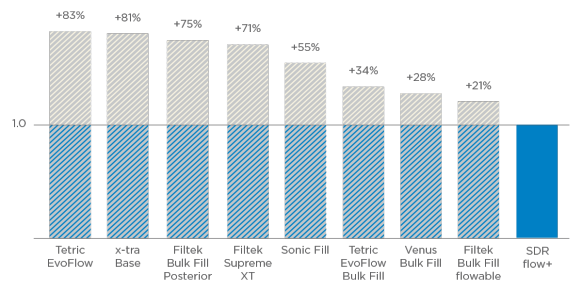
Low shrinkage stress
During light-cured polymerization, resin monomers are in chaotic movement as they begin to form the polymer matrix. SDR technology enables the formation of a more relaxed network, minimizing the build-up of stress. This minimizes the risk of gap formation through stress during polymerization and ensures excellent adaptation even in 4mm bulk placement.
Shrinkage stress: Shown as a ratio of SDR flow+ material vs. competitors3
3 Data on file
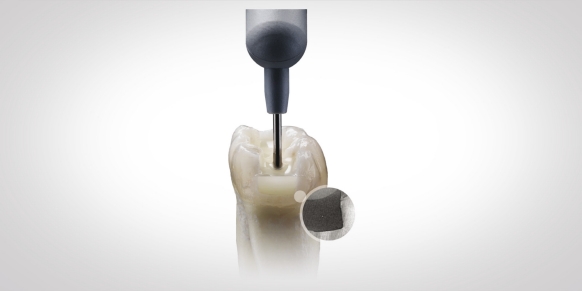
Flowability
SDR’s unique chemistry helps ensure the longevity and overall quality of a bulk fill restoration. SDR flowable bulk fill technology fills and easily adapts to the cavity, flowing into nooks and crannies to provide excellent cavity adaptation during placement.
Efficiency is the key to productivity
Direct restorations represent approximately a third of the annual revenue of the general practice. Increasing the efficiency of the Class II treatment directly impacts day-to-day dental office revenue.5,6 SDR bulk fill technology allows the material to be applied in 4mm increments without an additional liner. This automatically decreases procedural time and inventory.
- Self-levels for up to 40% time savings over classic layering technique
- Use without an additional liner
- Self-levels and does not require additional manipulation to adapt
5 2010 Survey of Dental Practice – Income from the Private Practice of Dentistry. http://www. ada.org/1444.aspx
6 American Dental Association Procedure Recap Report (2006)
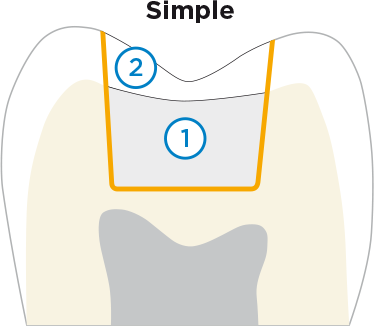
SDR flow+ procedure
Orange Line = Bonding
- SDR flow+ material
- Capping Layer: Universal composite
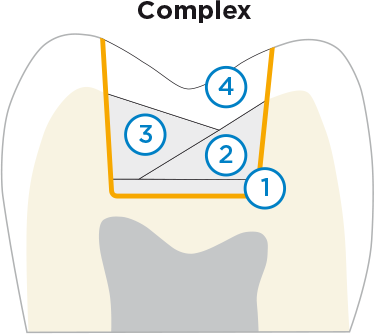
Conventional procedure
Orange Line = Bonding
- Flowable Liner
- Increment 1: Universal Composite
- Increment 2: Universal Composite
- Increment 3: Universal Composite
Years of clinical success
While making Class I and Class II restorations faster and easier, the SDR technology in SDR flow+ material also shows excellent long-term reliability in several clinical studies. In fact, the long-term survival rates of bulk-fill restorations with SDR technology provided to be equivalent to those of restorations done in the conventional layering technique.
6 Year Follow-up (Group 1: Xeno V/SDR/Ceram.X)
JWV van Dijken and U. Pallesen11
“During the six-year follow-up, the bulk-fill technique was proven to be a clinically safe technique; highly acceptable; clinically durable.”
A total of 183 Class I and Class II restorations were evaluated at recall. 92 using SDR and Ceram·X in the bulk-fill technique against 91 using just Ceram·X composite in the layering technique. The observers conclude:
- Clinically safe
- Highly acceptable clinical durability
- Clinical performance and failure rate was equivalent to conventional layering (3 failures in both the test and control group)
11 Internal report # 14.1488 (2016-11-07); Data on file
5 Year Follow-up (Group 2: Xeno V+/SDR/Ceram.X)
JWV van Dijken and U. Pallesen11
“The use of a 4mm incremental technique with the flowable bulk-fill resin composite showed during the 5-year follow up slightly better, but not statistically significant, durability compared to the conventional 2mm layering technique in posterior resin composite restorations.”12
A total of 183 Class I and Class II restorations were evaluated at recall. 92 using SDR and Ceram·X in the bulk-fill technique against 91 using just Ceram·X composite in the layering technique. The observers conclude:
- Both restorative techniques showed good surface, marginal stability, and color stability
- No statistically different annual failure rates between bulk-fill and layering technique were observed
- No post-op sensitivities have been observed at all
11 Internal report # 14.1488 (2016-11-07); Data on file
12 van Dijken JWV, Pallesen U, 2016: Posterior bulk-filled resin composite restorations: A 5-year
36 Month Clinical Trial Results
J. Burgess and C. Munoz13
“There were no observations of recurrent caries associated with the low stress resin and no reports of adverse events throughout the duration of the trial.”12
- No failures attributable to SDR
- No post-operative sensitivities
- No adverse effects on gingiva in contact with SDR
12 van Dijken JWV, Pallesen U, 2016: Posterior bulk-filled resin composite restorations: A 5-year randomized controlled clinical study; J Dent 2016 Aug;51:29-35
13 Internal report #765-540 (2012-02-17); Data on file
Downloads
SDR flow+ Brochure - 10th Anniversary 7 MB
SDR flow+ Brochure - 10th Anniversary
SDR flow+ | Instructions for Use | Multilingual 955 kB
SDR flow+ | Instructions for Use | Multilingual
SDR flow+ - Study and case compilation 1 MB
Study and case compilation
SDR flow+ - Scientific manual 2 MB
Learn more about the SDR technology.
Want to know more about our Restorative Products?
Submit your contact details and one of our restorative specialists will get in touch with you soon.

